Toyota develops its vehicles and technology under the umbrella of an ‘Integrated Safety Management Concept’, one part of a three-pronged approach which involves continual improvement in vehicle safety as well as initiatives to improve driver and pedestrian awareness and to create a safe traffic environment.
Toyota’s eventual aim is to realise a society where traffic accidents are a thing of the past, which is why decades of research into safety technologies have resulted in Toyota cars receiving consistently high results in Euro NCAP crash safety tests, with the Prius, Yaris, Auris, Verso, Avensis and RAV4 achieving the maximum five-star award.
Toyota’s THUMS computer-modelling system has greatly helped the progress made in occupant and pedestrian safety. In this post, we take a look at some of the passive safety technologies that protect occupants in the event of a collision:
Impact-Absorbing Body and High-Strength Cabin
Seatbelts with Pretensioners and Force Limiters
Whiplash Injury Lessening (WIL) concept seats
Active Headrests
SRS Airbags
ISOFIX child seat mounting points
Impact-Absorbing Body and High-Strength Cabin
The safety of occupants in a collision begins with the construction of the vehicle itself. Since 1968, Toyota has designed and built its vehicles to have impact-absorbing body structures that will crush in the event of an accident, soaking up as much energy from the collision as possible.
In 1987, Toyota further improved occupant safety with the introduction of a high-strength safety cabin that dissipates energy throughout the entire body and minimises damage to the passenger compartment.
Seatbelts with Pretensioners and Force Limiters
Toyota introduced the three-point seatbelt in 1967, and the humble but vital restraint device has been saving lives ever since with little significant change to its design.
Seatbelts are immensely strong – capable of withstanding a weight of two tons – and are designed to control the movement of occupants within the cabin, particularly by limiting any impact to the chest during an accident. Yet they are also comfortable to wear in everyday driving, essential in encouraging occupants to use them on every trip.
In 1991, Toyota added pretensioners to seatbelts, a mechanism that instantaneously retracts the seatbelts when a strong frontal impact is sensed. This, in effect, quickly clinches the seatbelt to remove any slack in the belt and tightly grip the occupant before the full force of the impact is felt by the body.
Force limiters were introduced in 1997 and work in harmony with the pretensioners to protect the occupant while minimising the impact of the seatbelt itself to the occupant’s chest. Force limiters maintain an adequate amount of tension on the seatbelt to restrain the occupant without the force of the restraint causing injury.
Seatbelts with pretensioners and force limiters are fitted to all Toyota passenger vehicles in the current range.
Whiplash Injury Lessening (WIL) concept seats
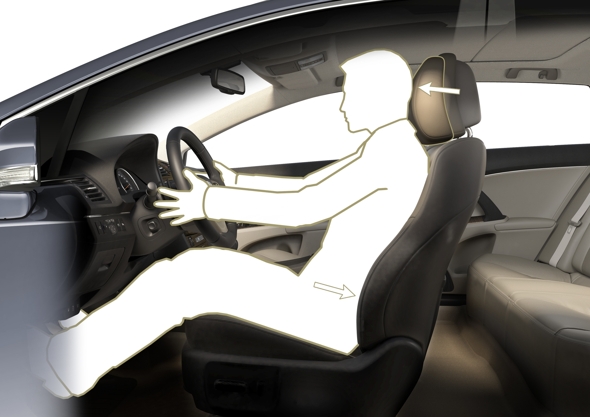
Just over half of injuries sustained in accidents in Japan were as the result of rear-end collisions, but approximately 90% of those injuries were neck injuries. That’s why Toyota developed the Whiplash Injury Lessening (WIL) concept seat, which first debuted in 1997 and was updated further in 2005.
The WIL concept seats are designed to cushion and support the occupant’s head and chest simultaneously, minimising the injury occurring from the head and torso moving in different directions. Toyota used its THUMS virtual-human computer modelling to confirm the effectiveness of the WIL concept seats in reducing whiplash injuries in lower speed rear impacts.
WIL seats are fitted as standard to most Toyota models, including Yaris, Auris, Prius, RAV4 and Land Cruiser.
Active Headrests
Active Headrests, introduced in 2007, are an extension to the WIL concept seats that further minimise neck injuries in rear-end impacts. A sensor in the seat is triggered by the lower back pressing into the seatback and activates the active headrest, which moves diagonally upwards and forward to catch the back of the head.
This technology decreases the severity of whiplash injury by a further 10-20% compared with the WIL concept seat on its own.
Active Headrests are featured on selected models in the Prius family, as well as Verso, GT86 and Land Cruiser.
SRS Airbags
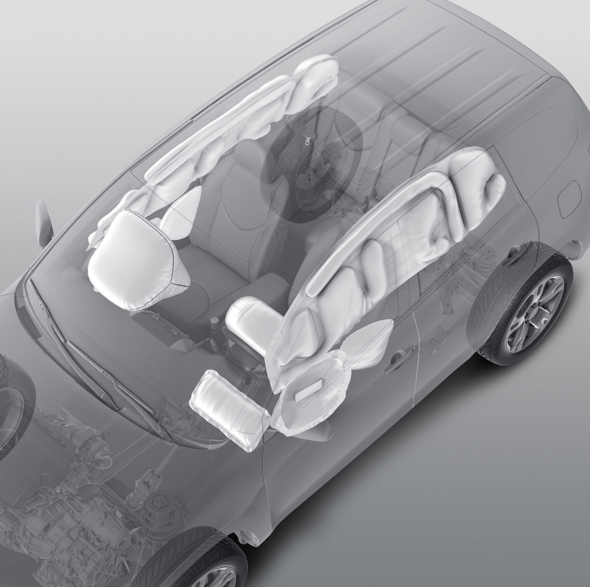
The first SRS (Supplemental Restraint System) airbag was fitted to a Toyota in 1989, providing protection solely for the driver. Since then, Toyota’s SRS airbag systems have been expanded throughout the passenger cabin to the extent that some Toyota models have nine or more airbags that create a protective cocoon around their occupants.
SRS airbags are triggered in the event of serious collisions, inflating rapidly to produce cushion the occupant and reduce the risk of severe or fatal injury. Dependent on the model, SRS airbags include front airbags for head and chest protection, knee airbags, side airbags, curtain shield airbags, seat cushion airbags and even the revolutionary rear window curtain shield airbag specially developed for the tiny Toyota iQ.
ISOFIX child seat mounting points
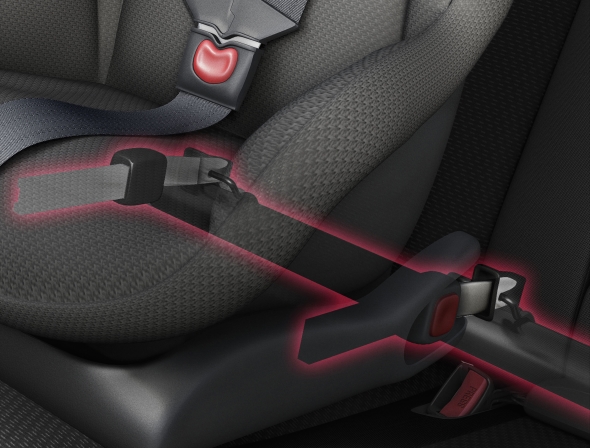
ISOFIX is an internationally recognised standard that sets out the specification for secure anchoring of child safety seats in cars, consisting of two anchor points at the base of the rear seats and a top tether point. ISOFIX greatly reduces the risk of improperly fitted child seats, thereby increasing the safety and effectiveness of the child seat.
Occupant safety is a priority for Toyota, so all Toyota passenger vehicles are equipped with ISOFIX child seat mounting points.
To learn more about other Toyota safety technologies, see these related posts:
Braking technologies
Stability and control technologies
Monitoring systems
Safety through convenience
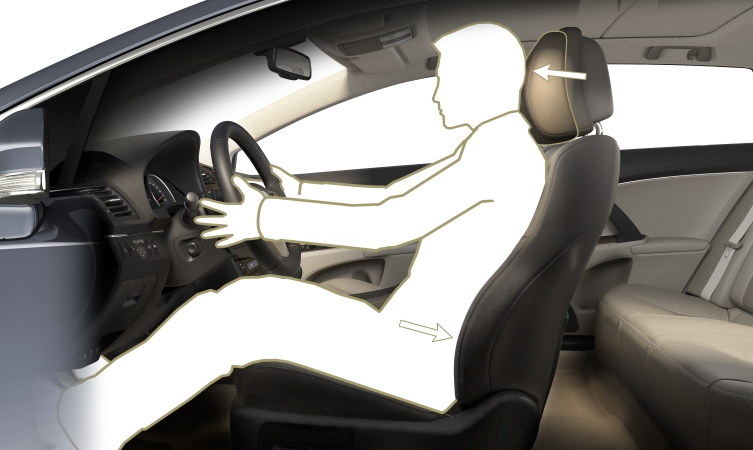
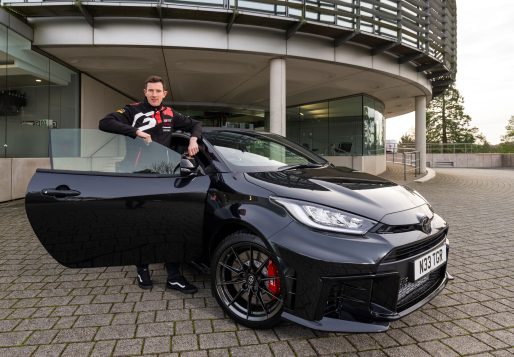
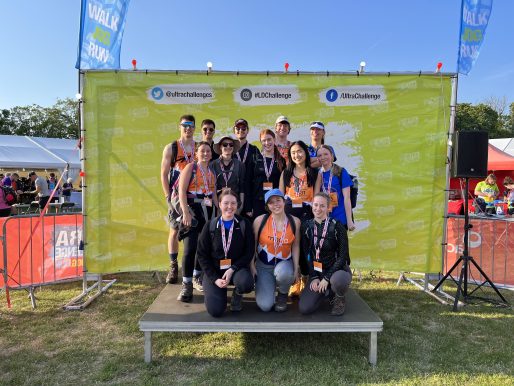
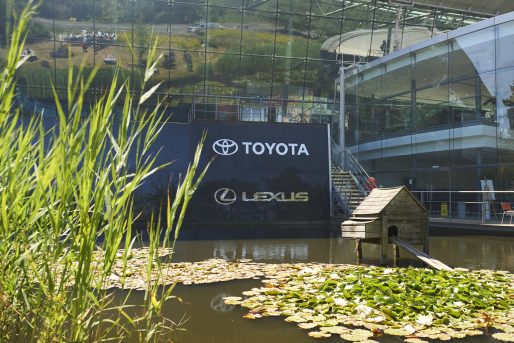
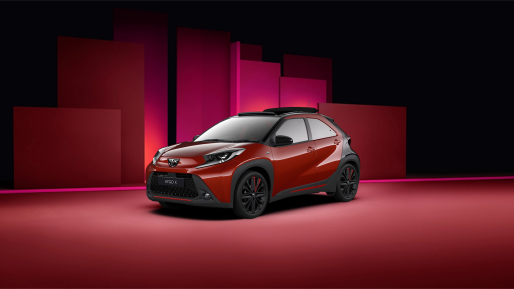
Shame you don’t put isofix in your hilux – do you not think people wanting dual cab pickups with 5 seats might do so because they need to transport their kids as well as tools?
Ford, Mitsubishi and VW all come with isofix as standard
Hello Belly
Thanks for your post and we for your interest in the Toyota Hilux.
This is an issue we have taken up with our product team and at the moment we can only apologise for the omission in the current Hilux model. This is however under consideration for future product reviews but we do not have any further details at this stage.
Thanks again for your post and we do appreciate the reasons for your contact with us.
This is total fail that Hilux dont have isofix!
Hi Gunnar, thank you for taking the time to contact us. Unfortunately this is down to the age of the car – back in 2004 when the current generation Hilux was first launched, the majority of Light Commercial Vehicle were used solely for business purposes. We understand this has now changed, and we need to keep up with these changes to satisfy the needs and requirements of our customers. Please note we will pass your feedback to our product department for future consideration.
Can isofix brackets be retro fitted to a Hilux?
Hi Tom
Thanks for your post.
All our Isofix brackets are factory fitted and we do not offer any aftermarket accessory kit for these. Sorry that our reply cannot be more positive but hope this helps clarify.
Hi I have just bought a yaris sport n am aware it has the isofix logo on some of the seats. Does the isofix base that has the levers on go in this car ( grabs onto the chassis of the car) rather than then seat belted in. ? Thanks
Clare
Hi Clare,
Thank you for your post. We have available a Baby-Safe plus ISOFIX base which fixes on to the base of the seat. https://www.toyota.co.uk/new-cars/yaris/index.json#accessories. Does this help with your query? If not please let us know.
Too bad that the Verso’s headrests are too low for tall people.
Hi there,
Thank you for you post. Verso offers adjustable headrests which can be altered for height. Hope this helps and if you have any other questions please let us know.
Do you have plans to provide a retrofit service for fitting isofix anchors? I purchased a 2014 Hilux double cab and expected it to be fitted as standard so would be helpful if you are to offer this service also in future?
Hello Ria,
Thank you for your post. There are no plans at present to introduce a Retrofit service for fitting isofix, however we will pass your comments on to our accessories department. Currently isofix is factory fit only due to safety requirements. Hope this helps and if you have any other questions please let us know.
Did the 2005 Prius come fitted with the Isofix brackets? I’ve taken a bit of a look and couldn’t see any, but wanted to check with you before pulling out the seat any more than I did….
Hi Allen,
Thank you for your post. We would advise visiting your local Toyota Dealer who will be able to look into this for you. Your local Toyota dealer can be found here: https://www.toyota.co.uk/find-your-dealer. Many thanks.
So my 2012 hilux doesn’t have isofix fittings???? Think that’s really poor seen as basically all other vehicles have isofix. Seriously missing a trick there toyota!!
Hi Beth,
Thanks for your post. We’ll pass this on to our product team!
Hi could you tell me how much it would cost for isofix to be fitted to my toyota landcruiser please its a 51 plate thanks
Hi Patricia,
Thanks for your query. We’d suggest speaking with your dealer regarding this question, they will know correct pricing and whether or not this is possible for your vehicle. If you need help sourcing your local dealer, please let us know! Many thanks.
Hi, is the Toyota Hilux 2016 able to take isofix?
Hi Rebecca,
Isofix is standard on Active (Double Cab only), Icon, Invincible and Invincible X grades. Hope this helps!
I have an Invincible X 65 reg double cab, but have not got isofix…..
any idea why?
Hi Andrejs,
ISOFIX is fitted into all of our new models but may not be fitted into to a 65 plate. We always suggest that our owners check the specifications of the vehicle when purchasing.
Thanks
Maria